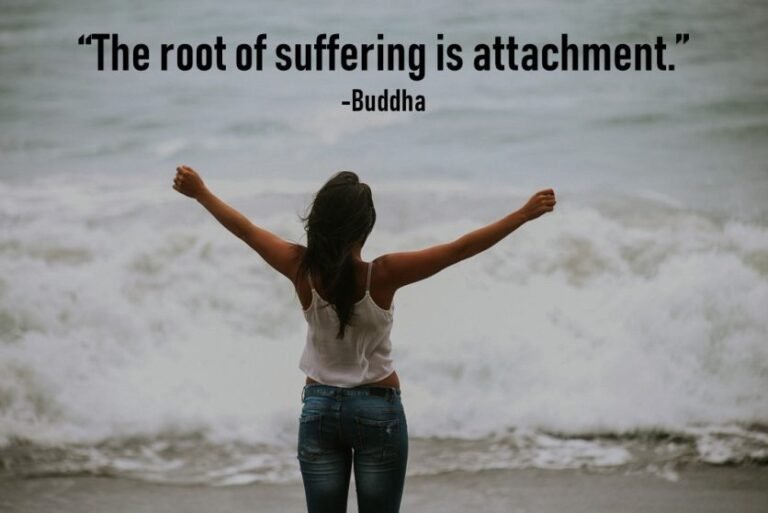Know your Attachment Style and Stop struggling to find your person

Understanding your attachment style is crucial to find your person- take the quiz
This has been a game-changer for me! I thought I would never find my person… The first step to creating your dream relationship is understanding your attachment style. This isn’t just a theory—it’s rooted in the science of adult attachment. You will be shocked when you learn about the behaviours that prevent you from having the type of relationship you want and the love you deserve. Everyone has an attachment style or a combination. knowing yours will make you understand yourself and others 100 times better and avoid getting your heart broken because you won’t take it personally when someone shows their protest behaviour.
Understanding your attachment style and that of your partner can significantly impact the success and satisfaction in your relationship. Attachment styles, rooted in early childhood experiences, influence how individuals perceive and respond to intimacy and emotional bonds. By becoming aware of these styles, both partners can navigate their relationship more effectively, addressing potential conflicts and fostering a deeper connection.
Why Attachment Styles Matter:
The science of adult attachment accurately predicts how we will behave in romantic relationships and whether we will be well-matched with our partner. Knowing your attachment style can provide invaluable insights into your relationship patterns, help you find your person and navigate your romantic life more effectively. There are three primary attachment styles: Secure, Anxious, and Avoidant.
Secure Attachment Style (just over 50% of the population):
- Characteristics: People with a secure attachment style are warm and loving. Relationships come naturally to them. They are great at communicating their needs and feelings.
- Behavior: They are comfortable with intimacy and independence, creating a balanced and healthy relationship dynamic.
Anxious Attachment Style (about 21% of the population):
- Characteristics: Individuals with an anxious attachment style love to be very close to their partner and crave intimacy. They often fear that their partner does not want to be as close as they would like.
- Behavior: They can be very sensitive to small fluctuations in their partner’s moods and can experience anxiety if they feel their partner is pulling away.
Avoidant Attachment Style (25% of the population):
- Characteristics: Those with an avoidant attachment style feel the need to maintain their independence. Even though they want to be in a relationship, they tend to keep their partner at arm’s length.
- Behavior: They often struggle with intimacy and can appear distant or emotionally unavailable.
Benefits of Knowing Your Attachment Style:
For Singles:
- Identify Potential Partners: Knowing your attachment style can help you identify a potential partner’s attachment style early on. This knowledge can guide you in finding a compatible match, increasing the likelihood of a successful relationship.
- Better Self-Awareness: Understanding your attachment style can help you recognize your own needs and behaviors in a relationship, allowing you to make more informed choices.
For Those in Relationships:
- Improve Mismatched Relationships: If you’re in a “mismatched” relationship, understanding attachment styles can be transformative. By recognizing and addressing attachment-related issues, you can work towards becoming more secure and improving the dynamics of your relationship.
- Enhanced Communication: Understanding your partner’s attachment style can improve communication and reduce misunderstandings, fostering a deeper connection.
The Power of Self-Awareness
Understanding your attachment style and that of your partner can set you on the right track from the beginning or help you enhance and secure your existing relationship. This self-awareness is a powerful tool for fostering healthier, more fulfilling relationships. It allows you to break free from unhealthy patterns, create stronger bonds, and build a relationship based on mutual understanding and respect.
Steps to Foster Healthier Relationships
- Open Dialogue: Engage in open conversations with your partner about attachment styles. Discuss how your styles manifest in the relationship and explore ways to support each other’s emotional needs.
- Self-Reflection: Begin by assessing your own attachment style through self-reflection or by taking an attachment style quiz. Understanding your own behaviours and triggers is the first step toward change.
- Seek Professional Help: Consider couples therapy or counseling, especially if attachment issues are causing significant distress. A therapist can provide strategies and tools to navigate attachment-related challenges.
- Practice Emotional Regulation: Work on emotional regulation techniques, such as mindfulness and self-soothing strategies, to manage attachment-related anxieties and fears. This can help in responding to relationship challenges more calmly and thoughtfully.
- Foster Secure Attachment Behaviors: Aim to cultivate secure attachment behaviors, such as trust-building, consistent emotional support, and effective communication. These practices can strengthen the relationship and create a safe and nurturing environment for both partners.
Understanding and integrating knowledge about attachment styles into your relationship can transform it into a more secure, loving, and satisfying partnership. This self-awareness is a powerful tool for personal growth and relationship enhancement, leading to a deeper and more resilient connection with your partner.
Take Action Now
Want to find out your attachment style and that of your partner? Take a compatibility quiz. This could be the first step towards building the relationship you’ve always dreamed of.
Understanding your attachment style is more than just an interesting exercise—it’s a vital step towards personal growth and relationship success. Take the quiz today and start your journey towards a happier, more fulfilling love life.
Feel free to share this with friends and family who might benefit from understanding their attachment styles. Let’s all work towards healthier, happier relationships!



